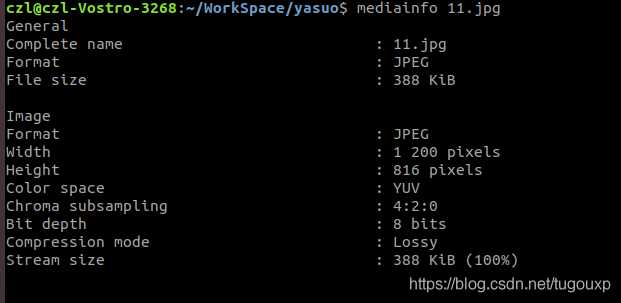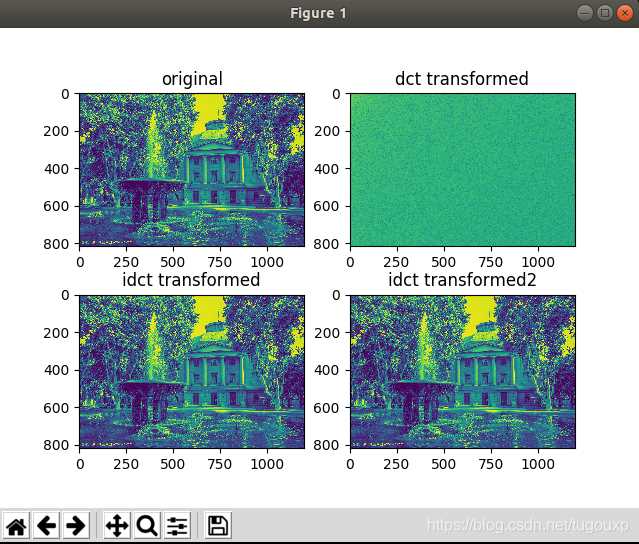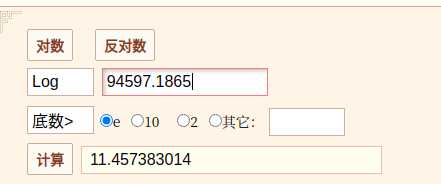OpenCV 图片编解码 OpenCV实现图片编解码实践
tugouxp 人气:0想了解OpenCV实现图片编解码实践的相关内容吗,tugouxp在本文为您仔细讲解OpenCV 图片编解码的相关知识和一些Code实例,欢迎阅读和指正,我们先划重点:OpenCV,图片编解码,OpenCV,图片编码,OpenCV,图片解码,下面大家一起来学习吧。
原图:

图像信息,可以看到图像是一个816*2100像素的图片:

python代码:
import cv2
import numpy as np
import matplotlib.pyplot as plt
img = cv2.imread('11.jpg', 0)
img1 = img.astype('float')
img_dct = cv2.dct(img1)
img_dct_log = np.log(abs(img_dct))
img_recor = cv2.idct(img_dct)
recor_temp = img_dct[0:100,0:100]
recor_temp2 = np.zeros(img.shape)
recor_temp2[0:100,0:100] = recor_temp
print recor_temp.shape
print recor_temp2.shape
img_recor1 = cv2.idct(recor_temp2)
plt.subplot(221)
plt.imshow(img)
plt.title('original')
plt.subplot(222)
plt.imshow(img_dct_log)
plt.title('dct transformed')
plt.subplot(223)
plt.imshow(img_recor)
plt.title('idct transformed')
plt.subplot(224)
plt.imshow(img_recor1)
plt.title('idct transformed2')
plt.show()
仅仅提取一个100*100的DCT系数后的效果:


当用800*1000的DCT系数:

可以看到图像细节更丰富了一些:

import cv2
import numpy as np
import matplotlib.pyplot as plt
img = cv2.imread('11.jpg', 0)
img1 = img.astype('float')
img_dct = cv2.dct(img1)
img_dct_log = np.log(abs(img_dct))
img_recor = cv2.idct(img_dct)
recor_temp = img_dct[0:800,0:1000]
recor_temp2 = np.zeros(img.shape)
recor_temp2[0:800,0:1000] = recor_temp
print recor_temp.shape
print recor_temp2.shape
img_recor1 = cv2.idct(recor_temp2)
plt.subplot(221)
plt.imshow(img)
plt.title('original')
plt.subplot(222)
plt.imshow(img_dct_log)
plt.title('dct transformed')
plt.subplot(223)
plt.imshow(img_recor)
plt.title('idct transformed')
plt.subplot(224)
plt.imshow(img_recor1)
plt.title('idct transformed2')
plt.show()
当用816*1200的DCT系数:

可以看出图像恢复到原来的质量了.

分析代码:
img_dct保存的是dct变换后的矩阵,img_dct_log是矩阵中的元素首先取绝对值,再求对数的矩阵.
img_dct_log = np.log(abs(img_dct))
那么对数的底是多少呢?
打印出来img_dct_log和abs(img_dct)看一下:

打印结果:

其中9.45971865e+04=9.45971865 x 10^4 =94597.1865表示的是科学计数法.

我们看到只有在底数取e的时候,对应的对数才符合题目输出要求,所以,python numpy.log函数取的是以自然常数e为地的对数.
加载全部内容